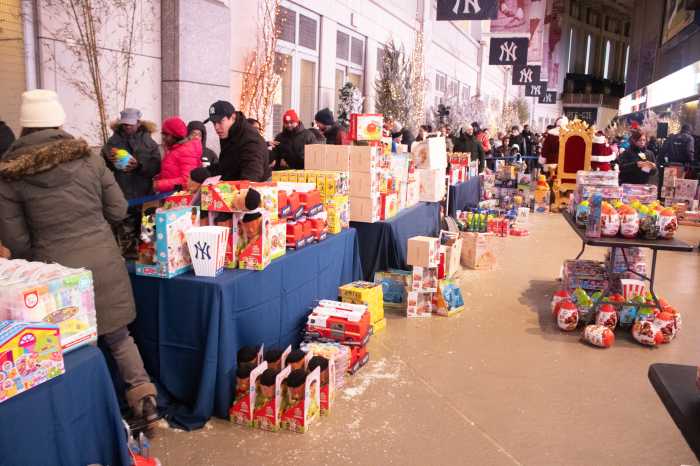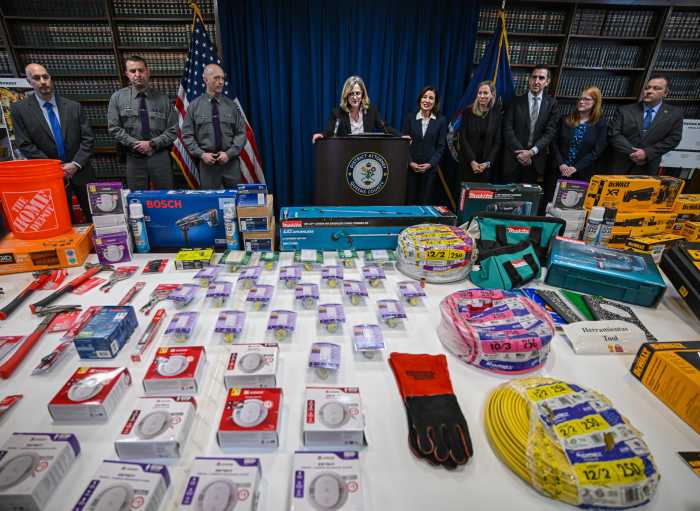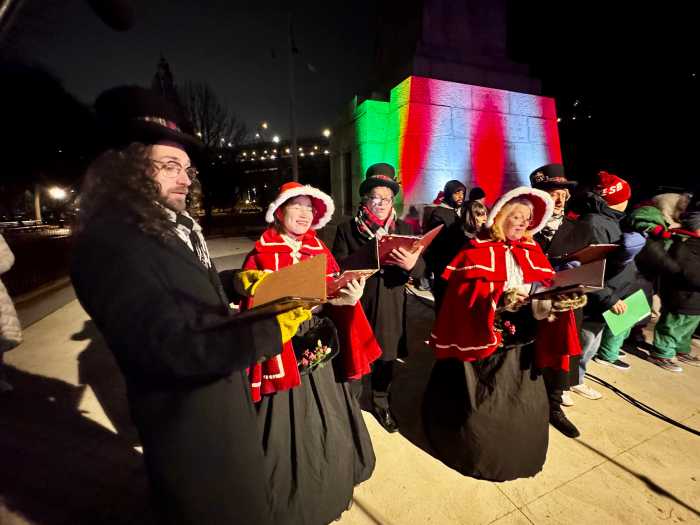Michael Mulgrew is the fifth president of the United Federation of Teachers, which represents nearly 200,000 New York City public schools educators and school-related professionals, as well as child care providers, nurses, adult education instructors, retired members and other titles and organizations. He has been president since July 2009. Under Mulgrew’s leadership, the union won two landmark contracts. Mulgrew was a leading proponent of United Community Schools. During the pandemic, Mulgrew led the union’s work to keep students and staff safe and safely keep schools open.
Harry Nespoli
President, Teamsters Local 831
As president of Teamsters Local 831, the Uniformed Sanitationmen’s Association, Harry Nespoli represents workers at the New York City Department of Sanitation, including those who collect trash, recycling, and organic waste. Members of Local 831 are also responsible for plowing New York City’s streets in the winter. Mr. Nespoli has continued to successfully grow Local 831’s numbers by securing strong contracts with the city and cultivating a sense of community among its members.
Thomas O’Donnell
President, Theatrical Teamsters Local 817
Thomas O’Donnell has served as president of Theatrical Teamsters since 2013. The members of Local 817 have worked in New York’s film and television industry for nearly 100 years, and are located across New York, New Jersey, Delaware, Connecticut, Rhode Island, and Pennsylvania. Prior to his election, Mr. O’Donnell was secretary-treasurer of the union for 23 years. He currently serves on the board of directors for the Museum of the Moving Image as well as for the Council of Motion Picture and Television Unions.
Michael O’Meara
President, MTA Police Benevolent Association
Michael O’Meara is president of the MTA Police Benevolent Association, which seeks to unite and advance the welfare of its members. Mr. O’Meara has been involved in the MTA PBA since its founding in 1998, when he was named to the Executive Board as area vice president east. Mr. O’Meara became executive vice president of the union in 1998 and was elected president in 2013. He also serves as the executive director of the Police Conference of New York.
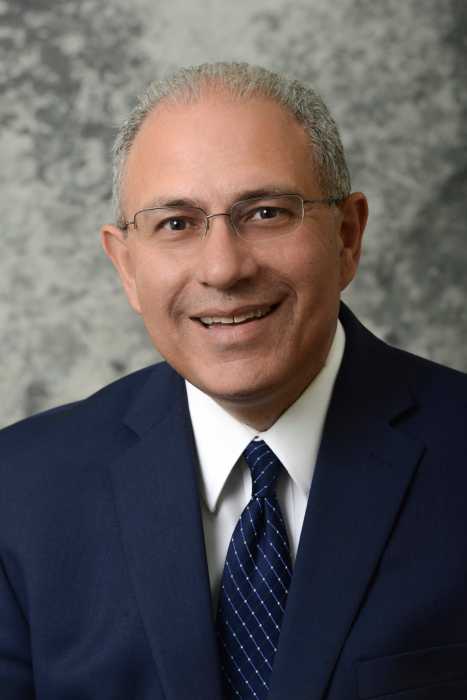
Andy Pallotta
President, New York State United Teachers

Andy Pallotta was elected president of NYSUT in April 2017. A former New York City elementary school teacher, Pallotta oversees NYSUT’s political, legislative and organizing efforts, which have secured record levels of state school aid, beaten back tax credit and voucher schemes, secured legal protections to preserve public employees’ right to organize, and helped elect pro-public education candidates — including NYSUT members themselves — to positions on their local school boards, in Albany and beyond.
What sector does your union service (healthcare, construction, etc.)?
Education, human services, and healthcare.
What are the benefits that unions (your particular union, if applicable) offer their members?
We are dedicated to improving not only our working conditions, but also our professions. We’re united in a common commitment to improve the quality of education and healthcare for the people of New York.
What brought you to organizing and/or the issue of worker advocacy?
As a young educator, our late-1800s Bronx school was crumbling. My union sent in an industrial hygienist who found asbestos, which the city had to remediate. That showed me the power of unions as a force for good for members and those they serve.
How will New York’s labor force evolve in the next five years?
The trajectory of our labor force is one of greater worker voice, better working conditions and more economic justice. Public-sector unions remain strong, and it’s invigorating to see workers banding together from Amazon to Starbucks to agriculture.
What kind of impact does organized labor have on local communities?
For my union, we know that our working conditions are our students’ learning conditions and patients’ healthcare conditions. We advocate for high-quality schools, colleges and healthcare facilities for all New Yorkers in every community.
James Palmer
President, NYSCMA
As president of the New York State City/County Management Association, James Palmer represents a professional network of chief executive officers and administrators, as well as municipal officials and educators. The goal of the NYSCMA is to share information and ideas on management techniques and the delivery of services in order to best serve local communities. NYSCMA provides resources such as access to the Association List Serv, administered through SUNY Brockport, and an annual conference during which members can participate in lectures, panels, and workshops.

Dalvanie Powell
President, United Probation Officers Association

Dalvanie K. Powell is the first African American woman president to lead the 800-member UPOA. She previously held nearly every role in the union, from delegate to vice president. As president, she is working to change the direction of the union and recognize members for their commitment to improving the lives of the youth and adults under their supervision, and empowering New York City.
What sector does your union service (healthcare, construction, etc.)?
Probation.
What are the benefits that unions (your particular union, if applicable) offer their members?
The UPOA protects the rights of its members, strives to achieve better and safer working conditions, bargains to secure adequate remuneration, endeavors to equitably resolve grievances, and fosters fellowship among our members.
What brought you to organizing and/or the issue of worker advocacy?
Throughout my career, I have always sought equitable treatment for not only our members but for all New Yorkers. Together, UPOA members are committed to providing New York City with the highest level of service.
How will New York’s labor force evolve in the next five years?
As we emerge from the pandemic, our labor force will encounter greater responsibilities to meet the needs of New Yorkers. In Probation, we expect to see increased need for our support as efforts to end mass incarceration continue.
What kind of impact does organized labor have on local communities?
Our city’s labor force will be on the frontlines of serving New Yorkers in all neighborhoods, ensuring they have equitable access to services, programs, and opportunities.
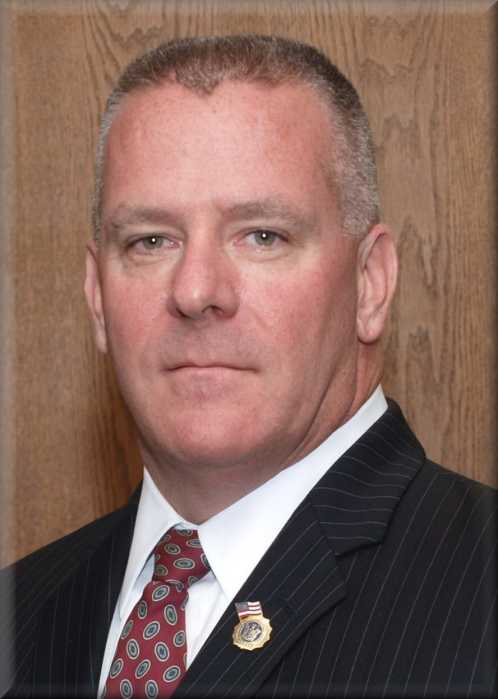
Michael Powers
President, NYSCOPBA

A veteran law enforcement official and public servant for 30 years, Mr. Powers is currently serving his third term as president of the New York State Correctional Officers and Police Benevolent Association, a union representing over 20,000 members. He currently holds the title of sergeant for New York State’s Department of Corrections and Community Supervision. In addition to serving as president of NYSCOPBA, Mr. Powers currently serves as councilman for the City of Ogdensburg and serves as a member of the Advisory Council for the New York State and Local Retirement System.
What sector does your union service (healthcare, construction, etc.)?
Corrections and law enforcement.
What are the benefits that unions (your particular union, if applicable) offer their members?
Improved quality of work life, higher wages, workplace safety and ensuring that the state adequately addresses those important issues. In addition, our organization also represents members to ensure the collective bargaining agreement is adhered to.
What brought you to organizing and/or the issue of worker advocacy?
There is a strong need, particularly in the prison system and forensic psychiatric centers, to ensure the safety of those who work in this sector of public service. Our members face dangers in their workplace like none other.
How will New York’s labor force evolve in the next five years?
There are several challenges we will face in every aspect of the labor force. Preserving and balancing the rights, safety, and dignity of staff will continue to be a priority of our leadership.
What kind of impact does organized labor have on local communities?
Statistics and studies prove that organized labor provides higher wages, better working conditions, and more balanced work/home life. Organized labor engrains itself in the fabric of its communities by investing in causes its members care about.
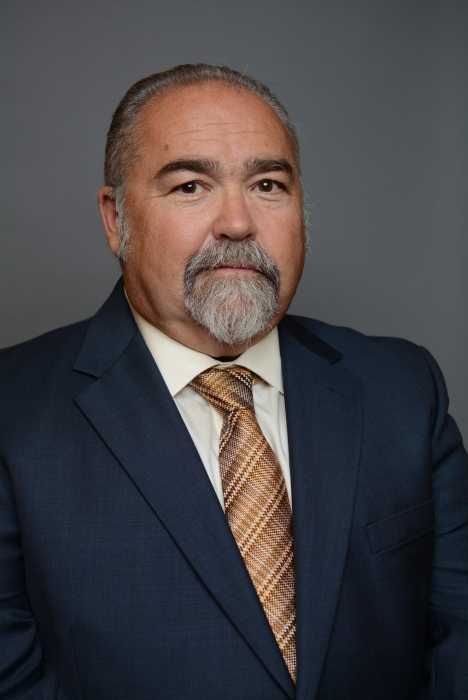
Mike Prohaska
Business Manager, Construction and General Building Laborers’ Local 79

Mike Prohaska is the leader of Construction and General Building Laborers’ Local 79, the largest construction laborers’ local union in the United States. Born and raised in the Bronx, Mike started as a rank-and-file laborer and has been a member of Laborers International Union of North America for over 40 years. In addition to serving as business manager of Local 79, Mike is a trustee of the Mason Tenders Trust Funds and New York State Laborers Tri-Funds. He also is on the Board of Directors for Nontraditional Employment for Women.
What sector does your union service (healthcare, construction, etc.)?
The construction industry in the five boroughs of New York City. Local 79’s scope of work includes: mason tending; interior and total demolition; plasterer tending; fireproofing; scaffolding; restoration work.
What are the benefits that unions (your particular union, if applicable) offer their members?
Our collective bargaining agreements enable workers to earn middle class wages, great healthcare, retirement security and the opportunity for advancement and better lives. Our union’s legal services plan includes representation in the areas of family law, real estate, tenant housing, wills, and immigration. We have a Membership Assistance Program and Recovery Support Group that provides support and open discussion without judgment about drugs, alcohol, and the workplace. We are also part of LiUNA’s Eastern Region Initiative for Strategic Education, which provides our members a series of classes to develop the tools and the talent to be effective union advocates and union organizers.
What brought you to organizing and/or the issue of worker advocacy?
I started in organizing as a leader in our historic 1995 asbestos and hazardous waste campaign and equally successful 1996 demolition workers’ campaign. Afterwards, I was appointed director of organizing for the newly chartered Construction and General Building Laborers’ Local 79.
How will New York’s labor force evolve in the next five years?
Our union is fighting to empower marginalized construction workers to stand up against exploitation and fight for their rights. Last year, the Body Shop bill was passed in the New York City Council in response to the emergence of non-union construction labor brokers who offer poverty wages and prey on reentry workers, using mass incarceration to their advantage and as a means to prey on a vulnerable workforce. Our union is fighting to ensure real reentry career opportunities for formerly incarcerated workers, which will ultimately reduce wealth disparity, recidivism rates, and healthcare disparities for construction workers of color. We also are now part of a coalition which is campaigning for the passage of the Excluded No More legislation. Funding excluded workers will level the playing field for responsible contractors who support their workers, regardless of immigration status, and enables undocumented workers to file for unemployment benefits, organize more freely on the job, and contribute more to our state’s economy and recovery after COVID.
What kind of impact does organized labor have on local communities?
Union careers are life-changing opportunities that break cycles of poverty and economic inequality. Our members live across New York City’s five boroughs and they want to build projects that will strengthen their communities and public safety. Organized labor builds and works in the institutions that make our city great. We will continue to advocate for projects that bring together union jobs, affordable housing, local hiring, and economic growth throughout the city.
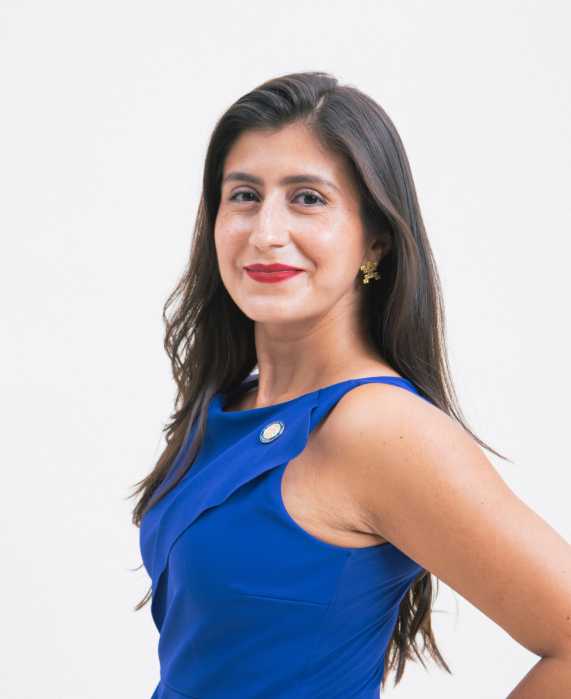
Jessica Ramos
Chair of the Committee on Labor, New York State Senate

Jessica Ramos represents New York’s 13th District in the State Senate, which includes the Queens neighborhoods of Corona, East Elmhurst, Jackson Heights, and parts of Astoria, Elmhurst, and Woodside. Ramos chairs the Senate Committee on Labor, where she fought to pass historic legislation to grant farm workers basic rights, tackle child poverty, and secured $2.1B to create the landmark Excluded Workers Fund. Senator Ramos was born at Elmhurst Hospital to undocumented Colombian immigrants, grew up in Astoria, and now lives in Jackson Heights with her two sons.
What sector does your union service (healthcare, construction, etc.)?
I am working for the dignity, safety, and interests of all working people across all sectors.
What are the benefits that unions (your particular union, if applicable) offer their members?
If we want to close racial and gender pay gaps, if we want to protect workers from wage theft, harassment and retaliation we need to expand union density. There’s power in a union.
What brought you to organizing and/or the issue of worker advocacy?
I am the proud daughter of generations of Colombian coffee farmers, and as a first-generation American, I understand what a union can do for the economic mobility of immigrant workers. Before joining the State Senate, I worked for 32BJ and led Build Up NYC – a coalition of unions, including 32BJ, the Hotel Trades Council, and the Building and Construction Trades Council to fight for responsible economic development policies.
How will New York’s labor force evolve in the next five years?
The pandemic accelerated changes to the labor force that were already in motion. The Excluded Workers Fund was just the beginning – protections for gig workers, misclassified workers, and people who have historically been excluded from the labor movement.
What kind of impact does organized labor have on local communities?
The Labor Movement has historically been a vehicle for immigrants to join the middle class. If I have anything to say about it, that path to stability and security will be available to all working people.




